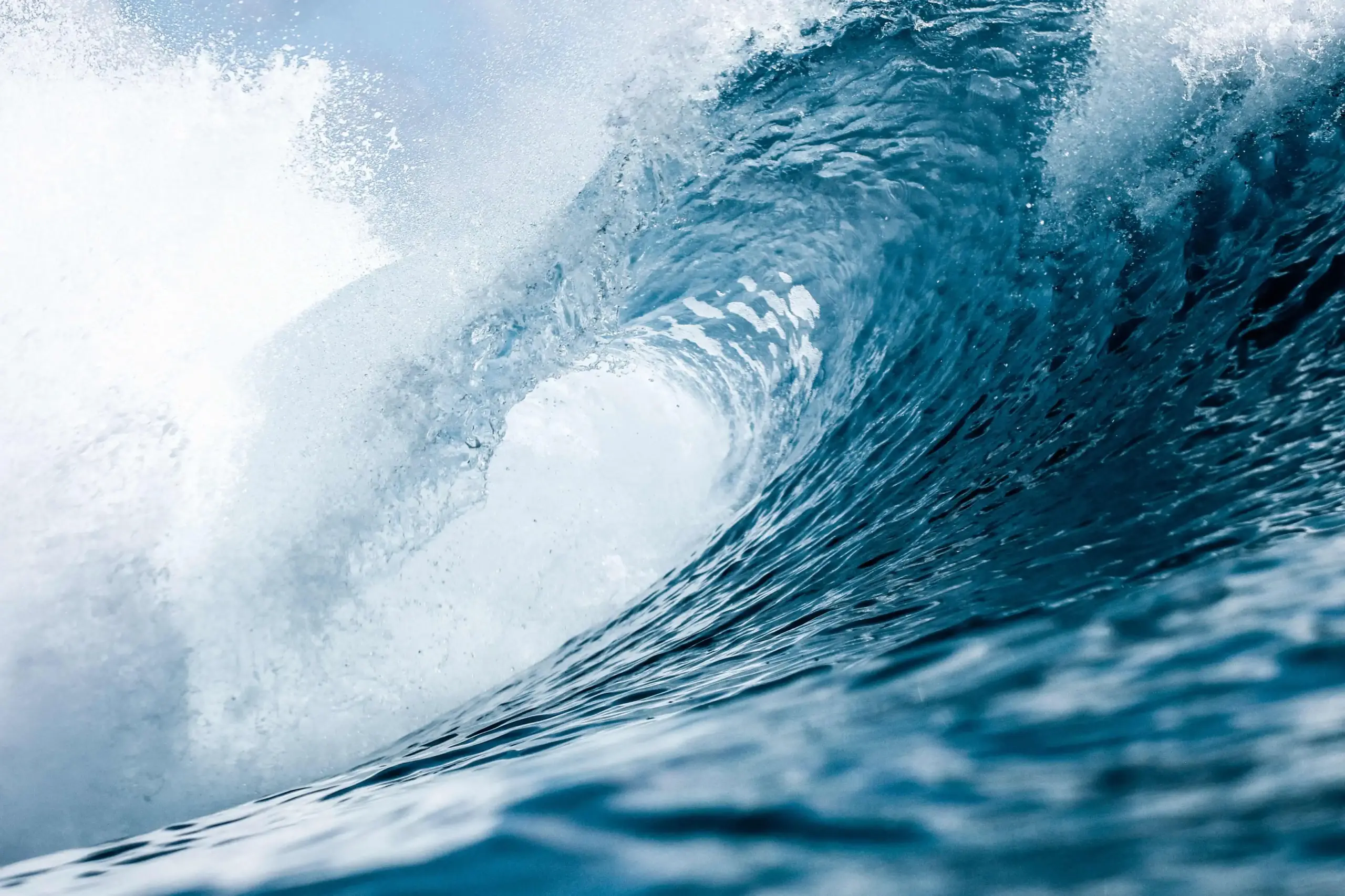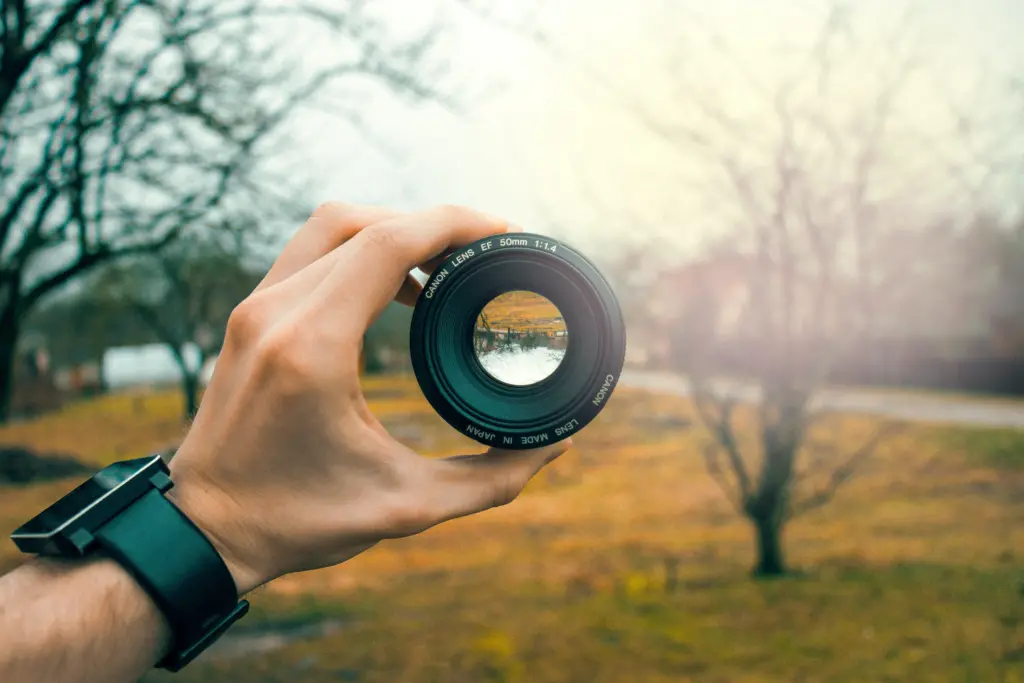What is Ocean Photography?
Ocean photography is a genre of photography that focuses on capturing the beauty, majesty, and essence of the ocean and its various elements. It involves photographing seascapes, waves, coastal landscapes, marine life, and the interactions between water, light, and the environment.
The Nature Beauty of Ocean Photography
The ocean presents an incredible canvas for photographers to unleash their creativity. Whether it’s the serene, glass-like surface at sunrise or the dramatic waves during a storm, the ever-changing nature of the ocean provides an abundance of unique and awe-inspiring scenes. Ocean photography allows us to showcase the vastness and mystique of the sea, capturing its power and tranquility in a single frame.
Equipment for Ocean Photography
- Camera: Invest in a quality camera with manual controls and interchangeable lenses. A DSLR or mirrorless camera will provide the versatility and control needed for ocean photography. Look for a camera with good low-light performance and weather sealing for added durability.
- Lenses: Wide-angle lenses are ideal for capturing expansive seascapes and dramatic ocean vistas. Look for lenses with a focal length between 16mm and 35mm to encompass a wide field of view. Additionally, consider a telephoto lens with a focal length of 70mm to 200mm for capturing distant subjects, such as marine animals or details in the waves.
- Tripod: A sturdy tripod is essential for keeping your camera stable, especially during long exposures or when shooting in challenging conditions. Look for a tripod made of durable materials and ensure it can handle the weight of your camera and lens.
- Filters: Filters can enhance your ocean photos by reducing glare, balancing exposure, and enhancing colors. Consider using a polarizing filter to minimize reflections and saturate colors, or a graduated neutral density filter to balance the exposure between the bright sky and the darker ocean.
- Memory Cards and Batteries: Pack plenty of memory cards with ample storage capacity to accommodate the large file sizes of high-resolution images. Additionally, carry spare batteries and keep them charged to avoid running out of power during your photography sessions.
- Carrying Bag: Finally, invest in a reliable and durable carrying bag or backpack that can protect your equipment from the elements and provide easy access while on the move. Look for a bag with padded compartments to keep your gear organized and secure during transport.
Techniques for ocean photography
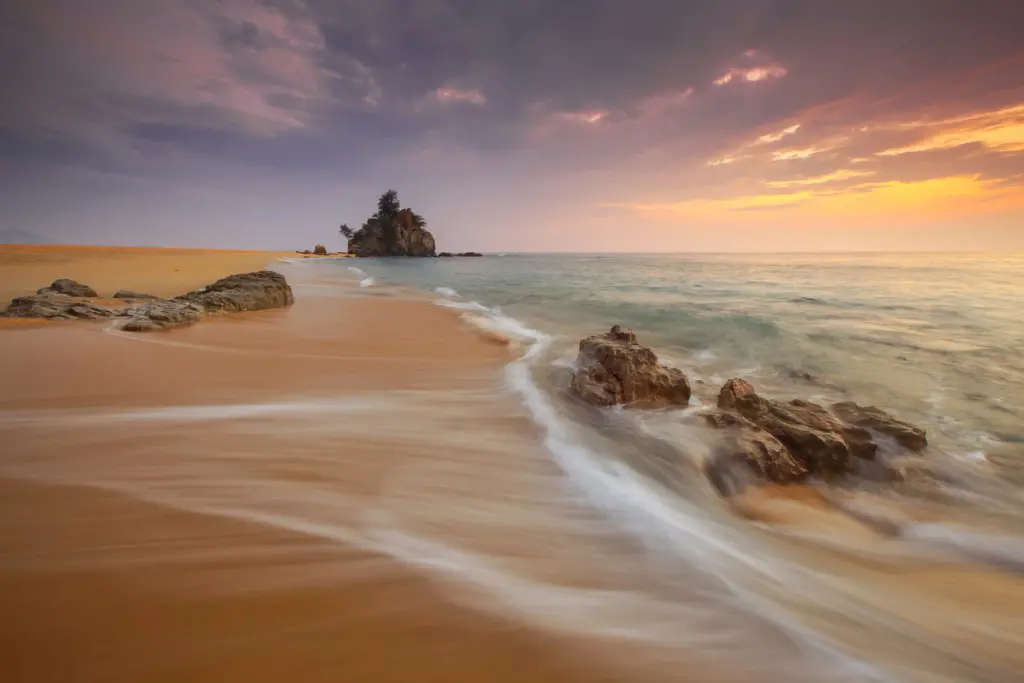
Long Exposure: Experiment with long-exposure photography to capture the movement and ethereal beauty of the ocean. Use a tripod to keep your camera steady and select a slower shutter speed to create a smooth and dreamy effect with the waves.
Some tips for Long Exposure
- Use a tripod for steady shots.
- Slow shutter speed for smooth waves.
- Experiment with exposure times.
- Include foreground elements for depth.
- Utilize low-light conditions or ND filters for longer exposures.
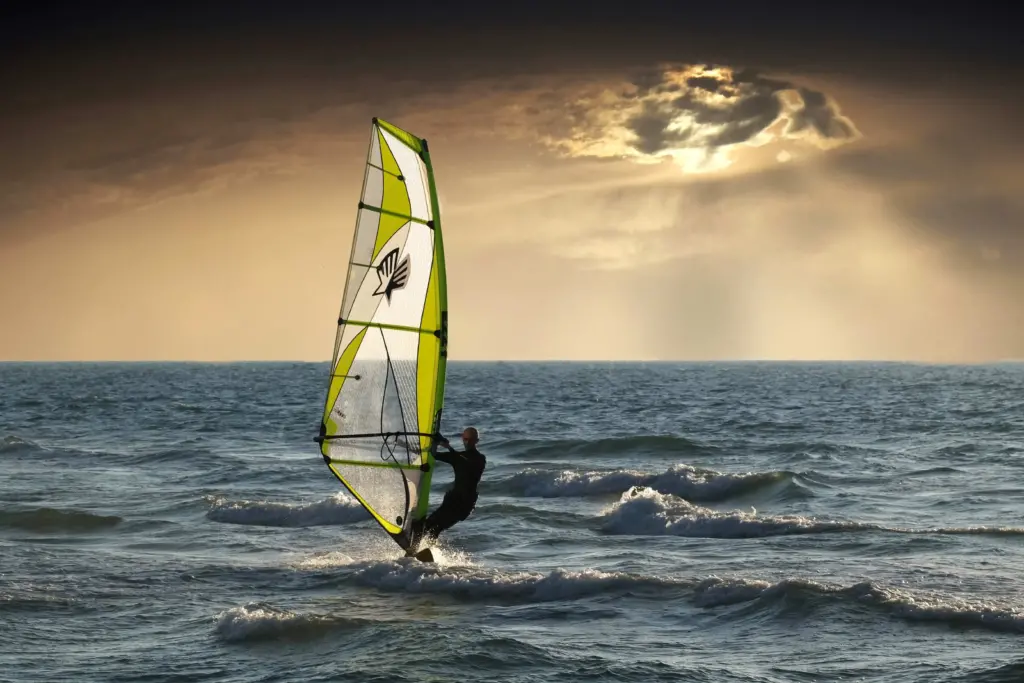
Silhouette Shots: Utilize the dramatic lighting of the golden hours to capture stunning silhouette shots. Position your subject against the vibrant colors of the sky or the reflections on the water for a striking and captivating image.
Some tips for Silhouette Shots
- Choose a distinct subject with a recognizable shape for a striking silhouette shot in ocean photography.
- Capture silhouettes during the golden hour for beautiful, warm lighting.
- Position your subject against the bright sky or colorful reflections on the water for maximum impact.
- Set the exposure for the background to create a dark and shadowy silhouette effect.
- Look for opportunities to tell a story or convey emotions through your silhouette compositions.
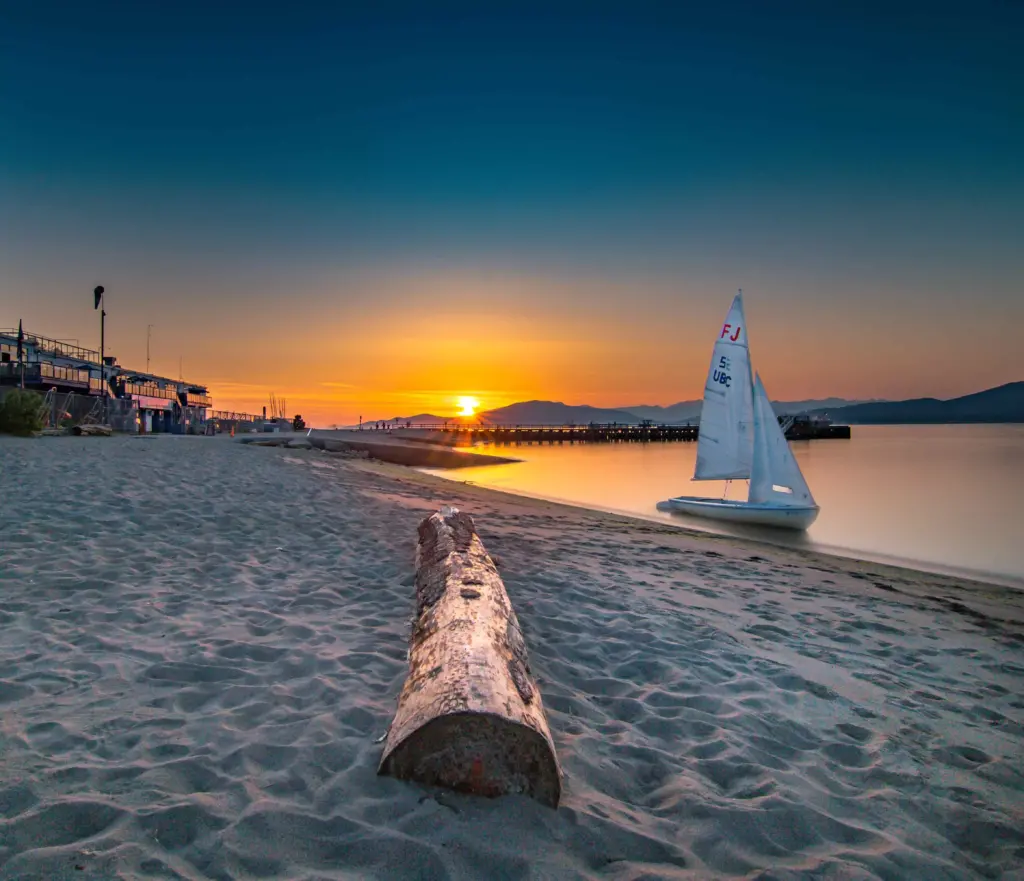
Creative Compositions: Experiment with unique compositions to add interest and impact to your ocean photos. Look for natural elements like rocks, piers, or cliffs to use as foreground elements and create depth in your images. Incorporate leading lines that draw the viewer’s eye into the frame.
Some tips for Creative Compositions
- Try creative compositions to make your ocean photos captivating.
- Use foreground elements for depth, like rocks or piers.
- Guide the viewer’s eye with leading lines in the scene.
- Capture the ocean’s vastness through different angles and perspectives.
- Look for patterns and contrasts to enhance visual interest in your photos.
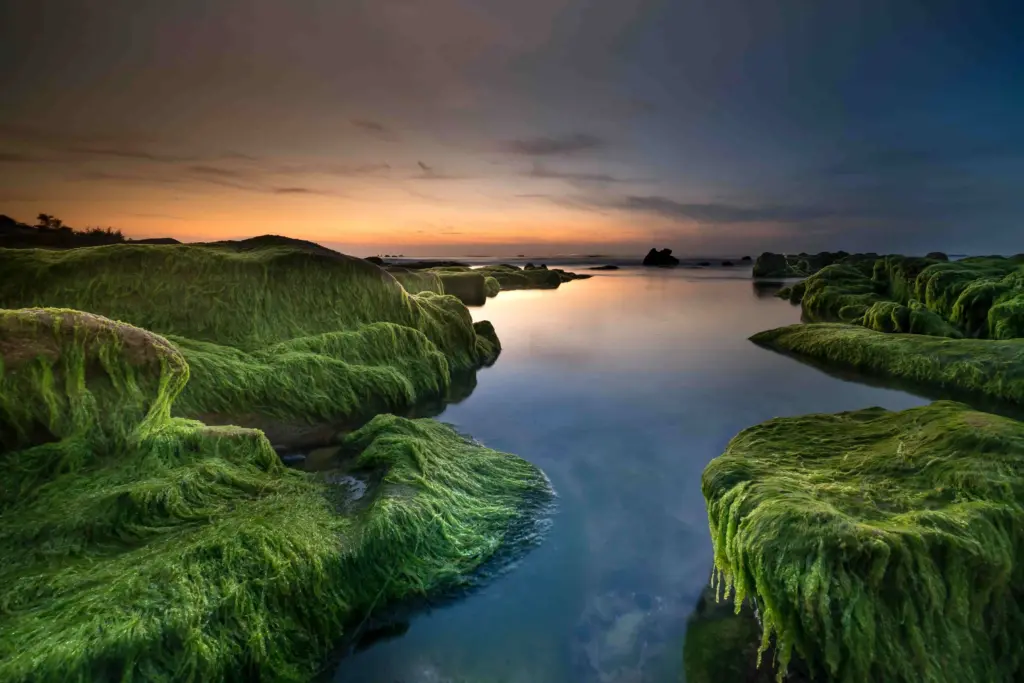
- Focus on Details: Instead of capturing the entire scene, focus on the intricate details that make the ocean captivating. Zoom in on the patterns of waves, the textures of shells, or the delicate droplets of water to create intimate and visually appealing images.
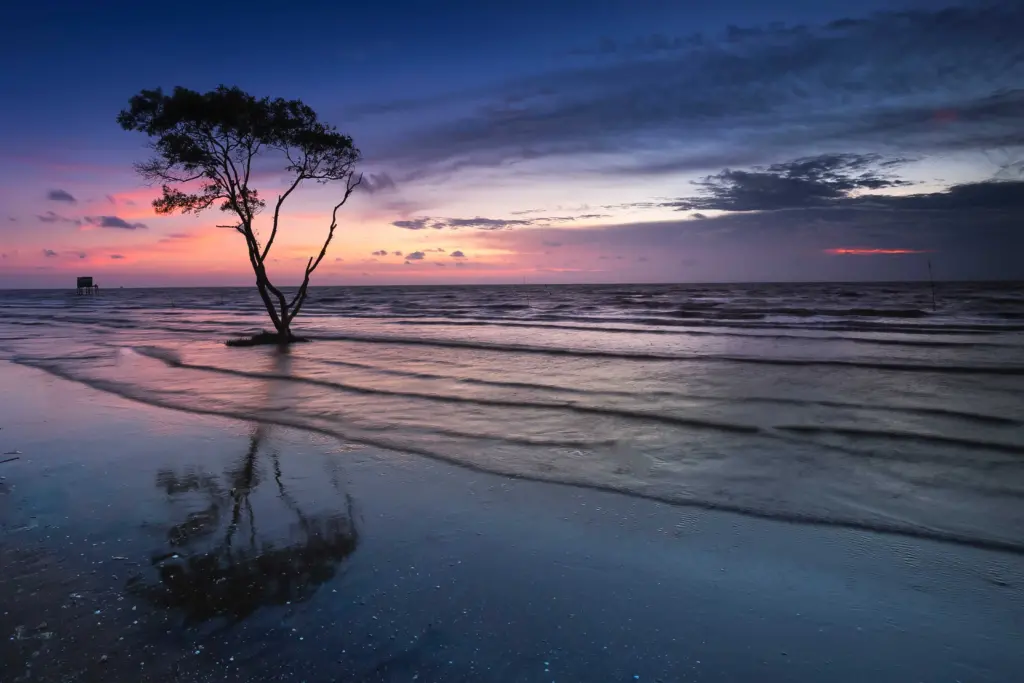
- Low Perspective: Get down low and capture the ocean from a different perspective. Shooting from a low angle adds a sense of grandeur and immensity to your photos, making the viewer feel as if they are a part of the vastness of the ocean.
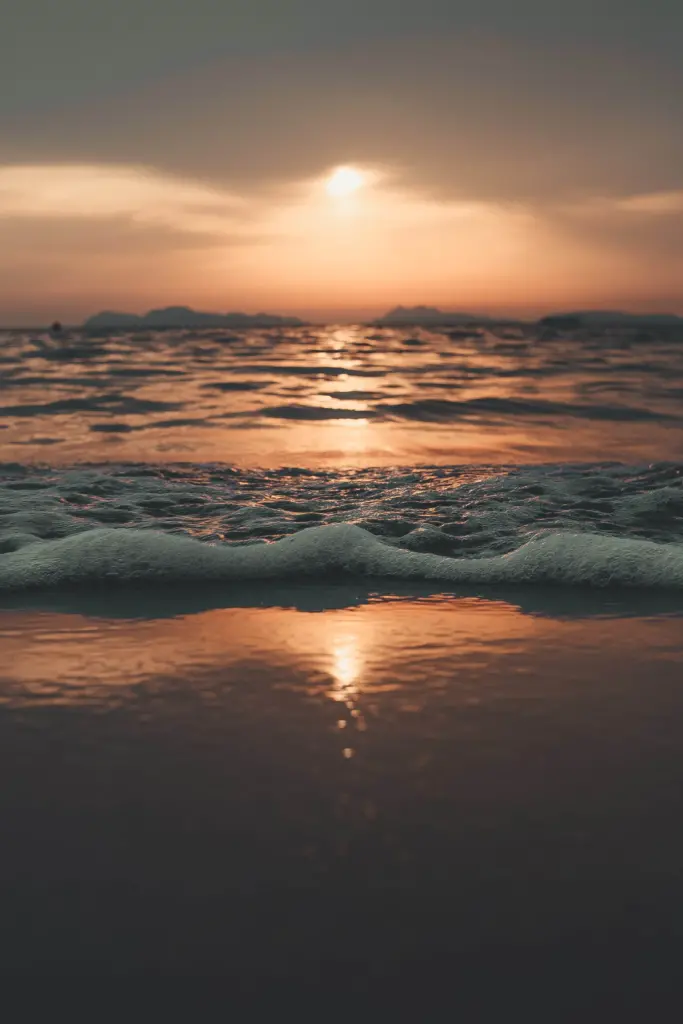
- Reflections: Look for calm and reflective surfaces, such as tidal pools or still water, to capture stunning reflections of the ocean and the surrounding environment. Incorporating reflections adds a sense of tranquility and symmetry to your images.
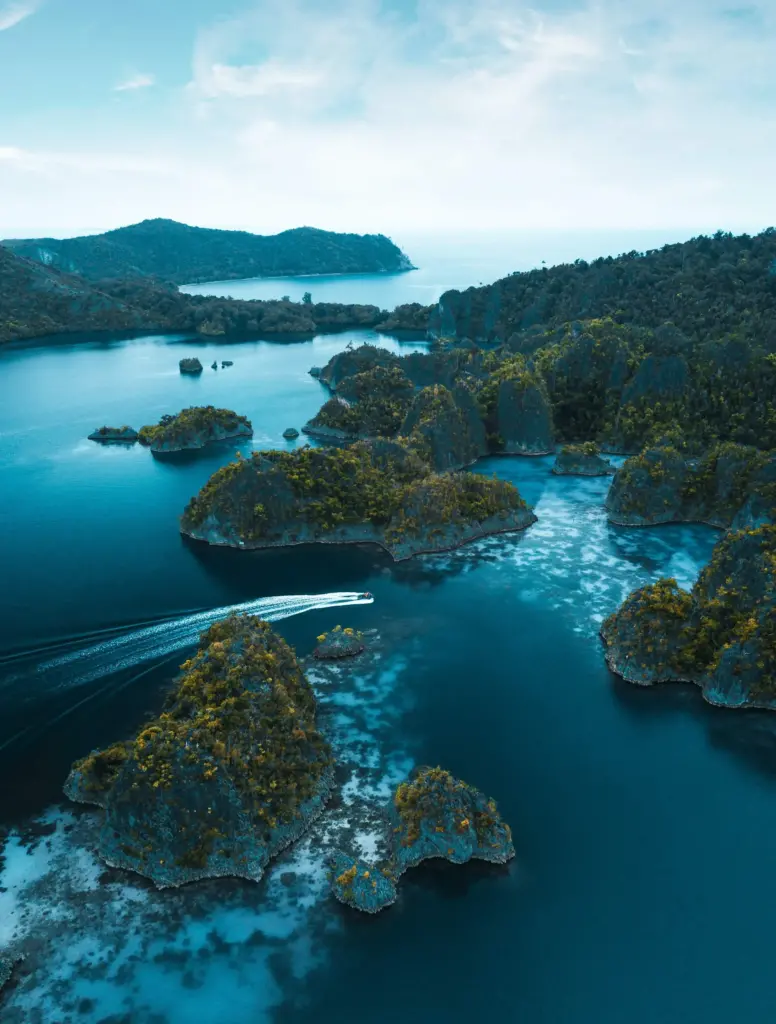
- Use Filters: Experiment with different filters to enhance your ocean photography. A polarizing filter can help reduce reflections and increase color saturation, while a neutral density filter allows you to control the amount of light entering the camera, enabling longer exposures and creating unique effects with the motion of the ocean.
Understanding Tides and Weather
To capture the best ocean photos, it’s important to have a good understanding of tides and weather conditions. Consult tide charts to plan your shoots during low or high tides, depending on the effect you want to achieve. Additionally, keeping an eye on weather forecasts helps you anticipate dramatic cloud formations, storms, or vibrant sunsets, enhancing the mood and atmosphere of your images.
Overcoming Challenges in Ocean Photography
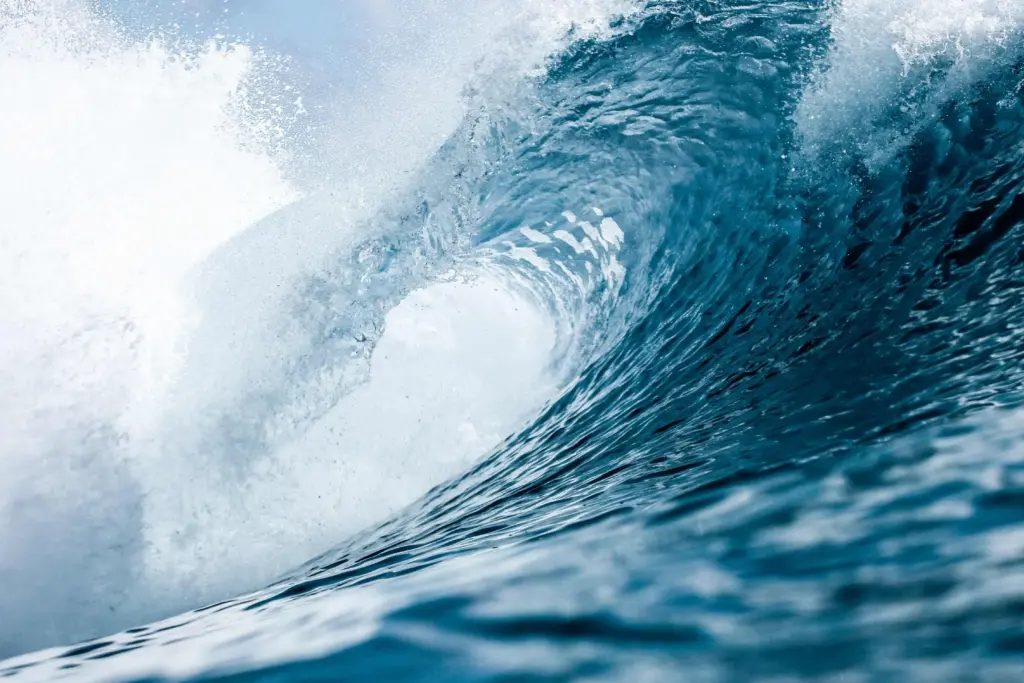
Ocean photography presents unique challenges that photographers must overcome to capture stunning shots. Unpredictable weather, water splashes, and changing lighting conditions can make it challenging to achieve the desired results. To mitigate these challenges, protect your camera with waterproof housing, use lens hoods to shield it from saltwater spray, and be patient and adaptable in adjusting your settings to the changing environment.
Editing and Post-Processing
Editing is a crucial step in the ocean photography workflow. Software like Adobe Lightroom or Capture One allows you to enhance colors, adjust exposure, and bring out the details in your photos. However, it’s important to maintain a balance and avoid over-processing. Preserve the natural beauty of the ocean while making subtle adjustments to improve the overall impact of your images.
Sharing and Showcasing Ocean Photos
Once you’ve captured stunning ocean photos, it’s time to share and showcase your work. Social media platforms like Instagram, Flickr, or 500px provide a great opportunity to connect with fellow photographers and ocean enthusiasts. Engage with the photography community, participate in contests, and explore collaborations to expand your reach and gain recognition for your talent.
Safety Considerations
While ocean photography can be an exhilarating experience, safety should always be a top priority. Familiarize yourself with the local conditions, such as currents and tide patterns. Be cautious around slippery rocks or unstable cliffs. Keep a safe distance from wildlife and never disturb their natural habitats. Always be aware of the ocean’s power and never underestimate the risks associated with shooting near the water.
FAQs
1. How can I achieve sharp focus in my ocean photos?
To achieve sharp focus in your ocean photos, use a small aperture (higher f-number) to increase the depth of field. Additionally, manually focus on the desired subject to ensure crisp details.
2. What camera settings are recommended for ocean photography?
Recommended camera settings include shooting in RAW format for greater flexibility in post-processing, using a low ISO for optimal image quality, and selecting an appropriate white balance to capture accurate colors.
3. Are there any specific tips for photographing marine life in the ocean?
When photographing marine life, it’s essential to be patient and observe without disturbing the animals. Use a telephoto lens to maintain a safe distance and capture intimate shots without causing stress to the creatures.
4. How can I capture the motion of waves in my photos?
To capture the motion of waves, experiment with long-exposure photography. Use a tripod to stabilize your camera, select a slower shutter speed, and use neutral density filters to extend the exposure time.
5. What is the best time of day to photograph the ocean?
The best time for capturing ocean photography is during the golden hours, which are shortly after sunrise and before sunset. The soft, warm light during these times adds a beautiful glow to your images.
Why not check our Blogs on Sunset Beach Family photos for more great tips
Disclaimer: In the name of full transparency, please be aware that this blog post contains affiliate links and any purchases made through such links will result in a small commission for me (at no extra cost to you).

